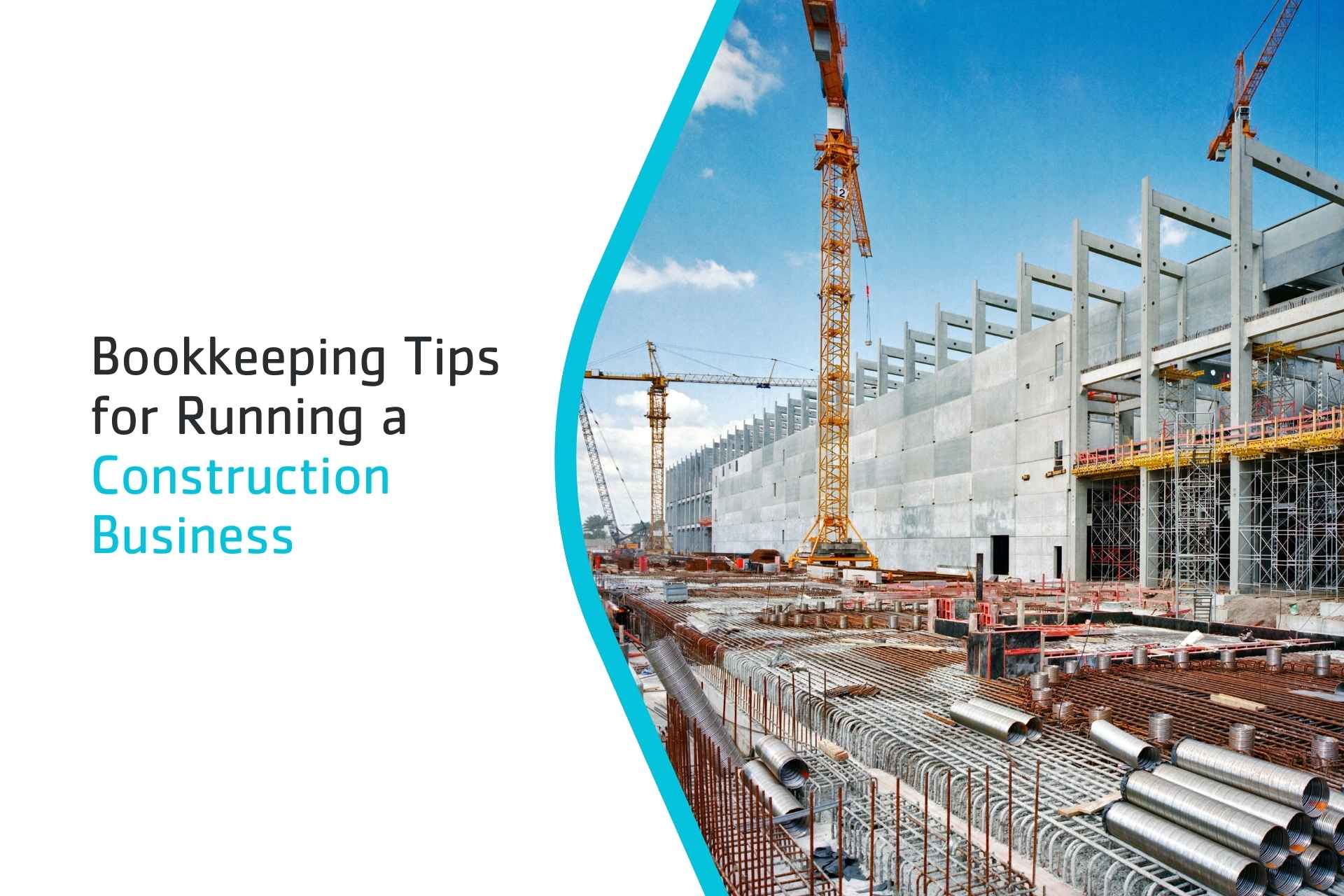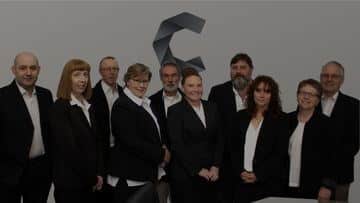Navigating the complexities of running a construction business in Australia involves more than just building and renovating. Compliance with regulatory requirements, efficient financial management and strategic growth planning are all critical to ensuring long-term success and avoiding costly pitfalls. The Australian Taxation Office (ATO) has strict regulations that must be followed and understanding these can save you from significant penalties. In this guide, we’ll explore essential topics such as TPAR lodgment, ATO scrutiny on dual cab Utes, implementing efficient business systems, securing asset finance, improving cash flow and leveraging the Australian Apprenticeship Scheme. Mastering these areas will help you stay compliant and drive your business forward.
Table of Contents
- Understanding TPAR Lodgment
- ATO Focus: Dual Cab Utes
- Business Systems: Streamlining Operations with Technology
- Asset Finance: Funding Your Equipment Needs
- Improving Cash Flow: Strategies for Construction Businesses
- Australian Apprenticeship Scheme: Growing Your Workforce
- Take Control of Your Construction Business Today
- FAQ
Understanding TPAR Lodgment
What is TPAR?
The Taxable Payments Annual Report (TPAR) is a mandatory lodgment required by the ATO. It mandates certain businesses to report payments made to contractors for services. Initially, for the building and construction industry, TPAR now applies to sectors like cleaning, courier, road freight, IT and security services.
Why TPAR Matters
TPAR ensures contractors meet tax obligations by tracking payments, fostering a fair business environment where everyone pays their fair share of taxes.
Who Needs to Lodge a TPAR?
Businesses in building and construction, cleaning, courier, road freight, IT and security services must lodge a TPAR if they derive at least 10% of their total income from these services. For building and construction businesses, the threshold is 50% or more of their income from these services.
Key Components of TPAR Lodgment
- Identifying Reportable Payments: Include total payments made to each contractor during the financial year.
- Collecting Contractor Information: Obtain the contractor’s ABN, name, address and payment details.
- Lodging the Report: Submit the TPAR online through the ATO’s Business Portal, SBR software or via a Registered Tax Agent.
Exclusions from TPAR Reporting
Certain payments are exempt from TPAR reporting such as materials-only payments, incidental labour costs, outstanding invoices after June 30, and payments to labour-hire firms, foreign residents, or within consolidated groups.
Deadlines and Penalties
TPAR is due by 28 August each year, covering payments made in the previous financial year. Late lodgment can result in escalating penalties.
Best Practices for TPAR Lodgment
- Accurate Record-Keeping: Maintain detailed records of all contractor payments.
- Using Accounting Software: Utilise software to track payments and generate TPAR reports.
- Regular Audits: Conduct audits to ensure all payments are recorded and reported accurately.
ATO Focus: Dual Cab Utes
Current ATO Scrutiny
The ATO is closely monitoring dual cab Utes in businesses to ensure they’re used legitimately for tax deductions. These vehicles are versatile, often used for both work and personal activities.
Compliance Tips
To comply with ATO requirements:
- Proper Documentation: Keep detailed logs of dual cab Ute usage, including mileage records, trip purposes and receipts.
- Appropriate Usage: Ensure the primary use of the dual cab Ute is for business activities to qualify for tax deductions.
Common Mistakes to Avoid
To prevent errors:
- Incorrect Deductions: Avoid claiming deductions for personal use; only business-related expenses qualify.
- Lack of Records: Maintain comprehensive records to justify tax claims; inadequate documentation may lead to disallowed claims during audits.
Correctly claiming tax deductions for dual cab Utes is crucial. Proper documentation and adherence to guidelines help ensure entitled tax benefits and avoid compliance issues.
Business Systems: Streamlining Operations with Technology
In the construction industry, managing multiple projects, coordinating with various stakeholders and ensuring compliance with regulatory requirements can be challenging. Integrated technology solutions can help manage these complexities effectively.
Key Areas and Technology Solutions:
- Project Management
- Scheduling and Planning: Tools for project timelines, task assignment and progress tracking.
- Collaboration: Platforms for communication and document sharing among team members.
- Financial Management
- Invoicing and Payroll: Systems for automated invoicing, payroll management and expense tracking.
- Financial Reporting: Software for generating financial reports and ensuring tax compliance.
- Job Management
- Task Tracking: Applications to monitor job statuses and manage quotes.
- Resource Allocation: Tools for efficient allocation of labour and materials.
- Customer Relationship Management (CRM)
- Client Communication: Systems to manage client interactions and track communications.
- Sales and Marketing: Platforms for managing sales pipelines and marketing efforts.
- Compliance and Safety Management
- Regulatory Compliance: Software to ensure projects adhere to regulations.
- Safety Protocols: Tools for tracking safety inspections and managing incident reports.
Integrating Systems for Maximum Efficiency
Integrating various tools creates a seamless workflow. For instance, linking project management with financial systems updates budget statuses automatically. Integrating job management with CRM ensures synchronised client communications and project updates, reducing errors and improving efficiency.
Asset Finance: Funding Your Equipment Needs
What is Asset Finance?
Asset finance involves borrowing funds to purchase business equipment, which is then repaid over time.
Types of Asset Finance
- Hire Purchase: Own the asset after the final payment.
- Leasing: Use the asset for a set period, with an option to purchase.
- Chattel Mortgage: Obtain ownership upfront while repaying the loan.
Choosing the Right Option
Assess your business needs, financial situation and the benefits of each option, and consult with a finance broker to make an informed decision.
Improving Cash Flow: Strategies for Construction Businesses
Maintaining positive cash flow is not just essential but crucial for sustaining business operations and fostering growth in the construction industry. Positive cash flow ensures you have the necessary funds to cover expenses, invest in growth opportunities, and weather any financial challenges that may arise.
Effective Strategies
- Prompt Invoicing: Issue invoices promptly after completing work or reaching project milestones. Timely invoicing encourages prompt client payment and helps maintain a steady cash flow.
- Expense Management: Control expenses by carefully monitoring and managing costs across projects. Look for opportunities to negotiate better terms with suppliers and subcontractors. Managing expenses effectively can help improve cash flow and profitability.
- Debtor Follow-Up: Regularly follow up with clients on outstanding invoices to ensure timely payments. Establish clear payment terms and implement a structured follow-up process to manage overdue accounts. Effective debtor follow-up helps maintain healthy cash flow and reduces the risk of bad debts.
Using Technology for Cash Flow Management
Utilising technology can streamline cash flow management processes and provide valuable insights into your financial situation. Here’s how technology can assist:
- Accounting Software: Xero is an accounting software that allows you to monitor cash flow in real-time, track expenses, and generate financial reports. It provides visibility into your financial position, helping you make informed decisions to improve cash flow.
- Expense Tracking Apps: Applications like Expensify or Dext Prepare can help track expenses more efficiently. They allow you to capture receipts, categorise expenses and reconcile transactions easily.
- Budgeting and Forecasting Tools: Tools such as Float or Pulse can help you create budgets, forecast cash flow and identify potential cash flow gaps in advance. This proactive approach enables better financial planning and decision-making.
By leveraging technology, you can gain better control over your cash flow, identify areas for improvement and ensure the financial health of your construction business.
Australian Apprenticeship Scheme: Growing Your Workforce
The Australian apprenticeship scheme offers construction businesses a valuable opportunity to develop new talent with government support. Apprenticeships provide individuals with practical skills and knowledge in a specific trade under experienced professionals’ guidance.
How to Get Involved
- Registration: Businesses must register as an employer with an apprenticeship network provider.
- Recruitment: Once registered, recruit apprentices and provide on-the-job training.
Government Incentives and Support
- Incentives: Employers may receive financial incentives including wage subsidies.
- Training Support: Access to various training programs and resources for apprentices’ development.
Participating in the Australian apprenticeship scheme helps businesses address skills shortages and contribute to developing skilled workers. Government incentives and training support make it an attractive option for workforce growth.
Take Control of Your Construction Business Today
Staying informed about regulatory requirements and financial management strategies is essential for construction business owners. From TPAR compliance to utilising technology for efficiency, these insights can help you manage your business more effectively. For professional assistance with TPAR lodgment and other financial obligations, contact our expert team today.
Frequently Asked Questions
Failing to lodge your TPAR on time can result in penalties from the ATO. These penalties increase with the length of the delay.
If your business operates in certain industries and derives a specified percentage of income from these services, you need to lodge a TPAR. Check the detailed criteria in the blog.
Keep detailed records of payments to contractors, including invoices, payment receipts, and contracts, to ensure accurate reporting.
Yes, but ensure the vehicle is used primarily for business purposes and keep detailed usage logs to justify tax claims.
Asset finance allows you to acquire necessary equipment without a large upfront cost, helping manage cash flow and maintain operations.
Improve cash flow by invoicing promptly, managing expenses, and using financial tools to monitor and control cash flow.
The Australian government offers financial incentives and training support for businesses hiring apprentices, helping you grow your workforce cost-effectively.






















